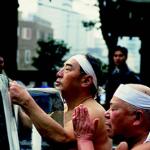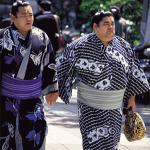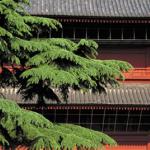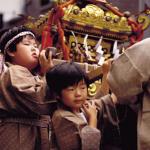Japanese Expressions II

The water is coldGive me strength to endure itAs I purge myselfOn the second Sunday of the New Year, wearing nothing more than loincloths called shitaobi and headbands called hachimaki, many Japanese men brave the icy waters of Teppozu Inari Jinja, a Shinto shrine in central Tokyo, to practice a yearly purification ritual.
Image © 2002 Robert George
A story told with photos.
 ThingsAsian
ThingsAsian



















